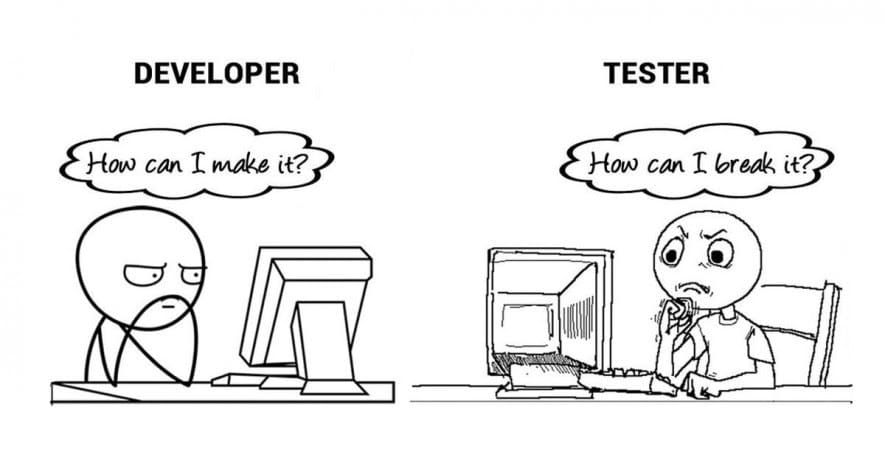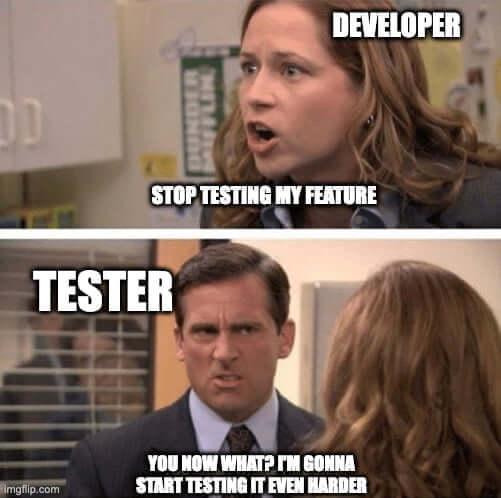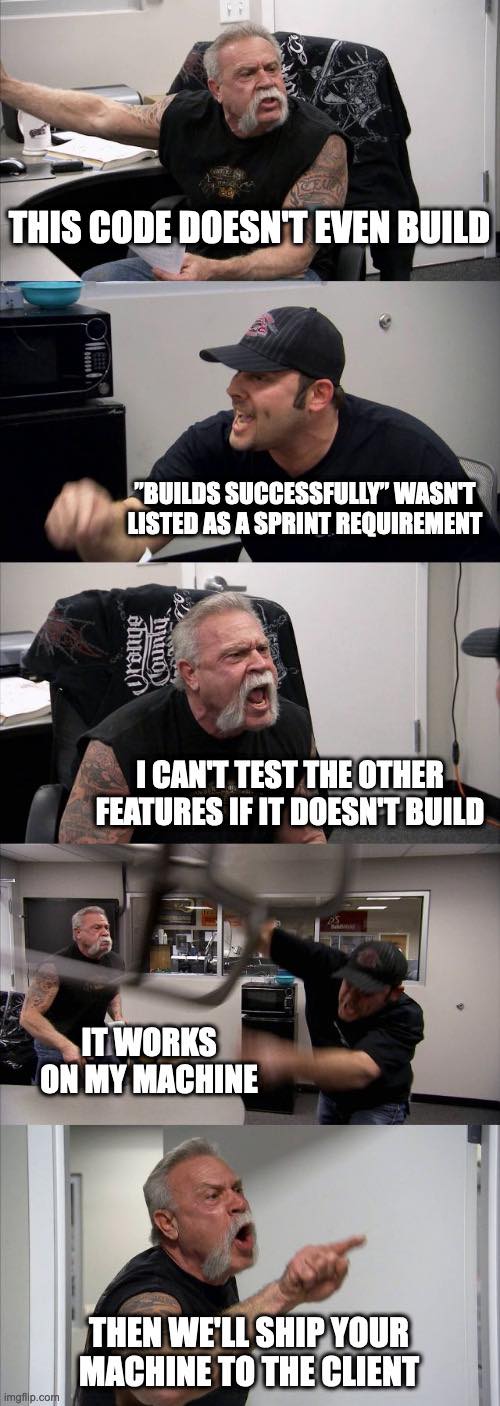Long before COVID-19, I (and my team) started working from home. Even before working at CakeDC, between 2007 and 2010, I worked for a company where you were able to split your time between home and office.
Maybe that's why I actually feel comfortable working remotely and I would never change it for an in office position anymore.
Anyway, I am not going to talk about remote work because these days there are thousands of articles about it (even in one of our previous posts). I want to focus today on writing about our experience with different communication tools and the pros and cons for each of them.
Back in 2011 when I started working at CakeDC, we had an IRC server in place with a couple of plugins to retain messages for our day-to-day communication. Everyone used different clients like Colloquy on mac or Pidgin on Linux. Additionally, we used Skype for peer/team calls and also for client communication. In my opinion, the linux experience was awful until they improved the client a few years later. This setup was implemented in 2007 when the company was started, and in 2012, we decided to shut it down because it was easier just using Skype for everything, messages and calls.
After several years using - suffering - Skype, with new options in the market, we decided to move away to a more reliable and modern approach. The main reason was the lack of updates for Skype linux client, and the message retention limits. In 2016 we started utilizing the more than popular Slack and its open source alternative, Rocket Chat; always keeping Skype for client communication.
Some months later the team concluded that Rocket Chat was the right choice, mainly because we wanted to have control over the messages and the information transmitted. Since the features we were using were available in both solutions, we installed our own Rocket Chat server. At this point I have to say that we did try the calls solution (Jitsy) inside Rocket Chat, but the experience was not good at all, issues with missing calls, poor call quality, etc, made us keep Skype for calls.
On the other hand CakePHP training was provided using Join.me and even when it worked very well in most situations; our trainer Jorge, always had to use a Windows machine instead of his usual Linux one. And then, Zoom emerged.
The year was 2018, when Zoom became so popular even though it started back in 2011 (yes, Zoom existed before COVID-19 crisis). We started using it and it quickly replaced Skype for our team calls. It allowed multiple people calls, screen share, etc. I must say, however, the Zoom chat is one of the worst things I have ever seen.
Going back to Jorge, as you can imagine he was very happy when he saw Zoom had a good Linux client. Unfortunately, he was quickly disappointed because the client screen crashed randomly, went black, and the computer ran out of memory when he tried to share his screen to more than 10 attendees. Happily he didn't throw his windows machine out of the window yet so he could continue giving the training with that machine.
It's 2020, COVID-19 is around us, and Zoom is probably the most popular telecommuting tool. For both adults and children, it is an essential tool to keep working and studying. However, fame never comes alone and threats, rumors and comments are making us move away (again) from Zoom to Google Meet. Also, it didn't make sense to pay for Zoom if we were already paying for GSuite.
I didn't mention it before, but we have been using GSuite (former Google Apps) since the beginning. Google - late as usual - detected a market niche and decided to pump out its meeting tool. In my opinion, I am a standalone app person. This means that I will always prefer having 20 apps instead of 20 browser tabs. So, I don't like Google Meet a lot because of this, but I must say the call quality is superb.
I am not sure how or when we will move to other tools, but right now we are very happy with our Rocket Chat installation and we are still getting used to Google Meet, but it fits our needs.
As a side note we are still using skype to communicate with clients because it is the app everyone has, and sometimes people simply don't want to install something else or use something they are not used to.
To conclude I must say that each team and person should try all of these different tools before choosing one, because one tool that may fits my needs may not fit yours.
Links
Rocket Chat - https://rocket.chat/
Google Meet - https://meet.google.com
Zoom - https://www.zoom.us
Skype - https://www.skype.com
Colloquy - https://colloquy.app/
Pidgin - https://pidgin.im/
 BUT...
BUT...
 It is not like we want to detroy what you have created but...
It is not like we want to detroy what you have created but...
 And we have to report it, it is our job...
And we have to report it, it is our job...
 It is not like we think
It is not like we think
 I mean
I mean


 I know you think
I know you think
 But remmember we are here to help xD
But remmember we are here to help xD
 Happy Holidays to ya'll folks!
Happy Holidays to ya'll folks!


